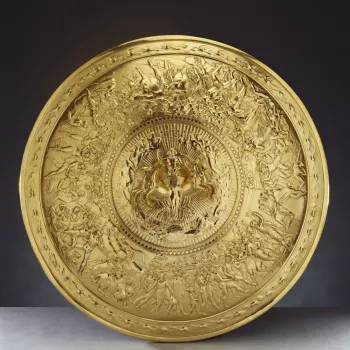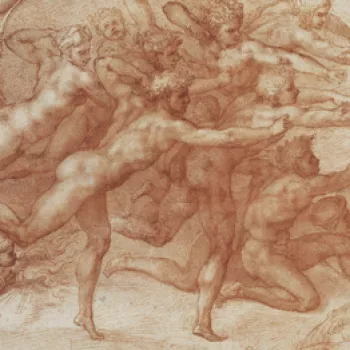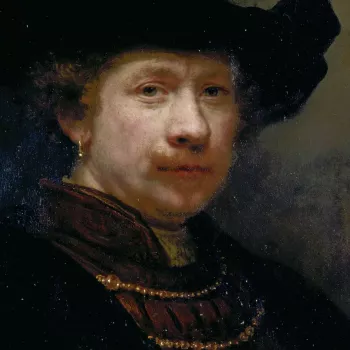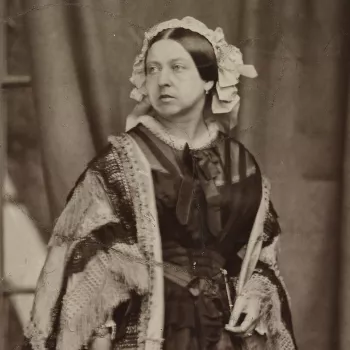About the Collection
Learn more about the Royal Collection, one of the most important art collections in the world.
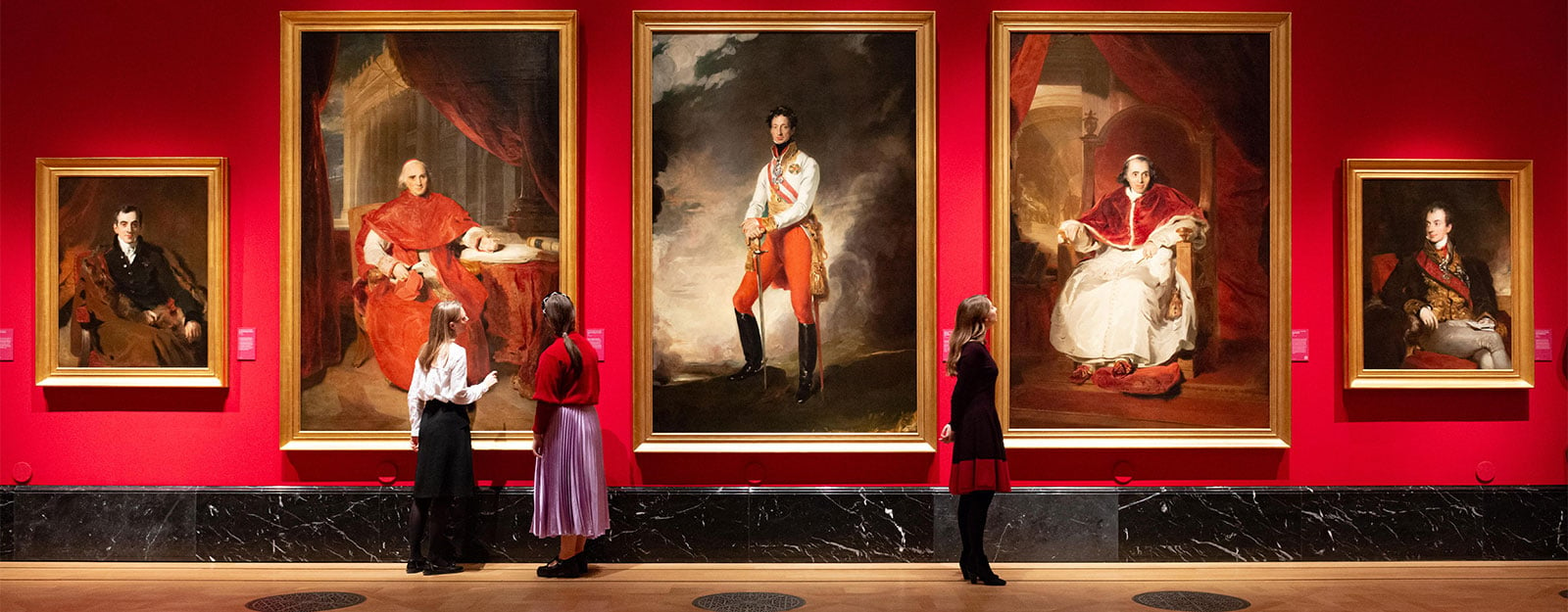
The Royal Collection is one of the world’s largest and most important art collections. It is one of the last remaining great European royal collections. With over a million objects, including paintings, sculptures, furniture, jewellery and books, it is a unique record of the personal tastes of British kings and queens over the past 500 years.
The History of the Royal Collection
The Collection was largely formed after the Restoration of the Monarchy in 1660. Following the execution of Charles I in 1649, most of the King’s possessions was sold by order of Oliver Cromwell.
The most important additions to the Royal Collection were made by Frederick, Prince of Wales; George III; George IV; Queen Victoria and Prince Albert; and Queen Mary, consort of King George V.
Who are we?
We’re a charity caring for the Royal Collection and looking after visitors to the royal palaces. The income from your ticket contributes to the care and conservation of the Royal Collection. Through our work, from exhibitions and learning programmes to publications and retail products, we aim to ensure that the Royal Collection and Palaces are valued and enjoyed by everyone.
The Royal Collection is held in trust by The King as Sovereign for his successors and the nation. It is not owned by him as a private individual.
Where can I see the Royal Collection?
You can see the Royal Collection during a visit to the official royal residences of the King. These are Windsor Castle, Buckingham Palace and the Palace of Holyroodhouse. You can also visit our exhibitions at The King's Gallery, London and The King's Gallery, Edinburgh.
Former royal residences across the UK such as Hampton Court Palace, the Tower of London, Osborne House and the Royal Pavilion, Brighton also house art from the Royal Collection in their original historic settings. Through our loans and programme of touring exhibitions, the Royal Collection travels to museums and galleries across the UK and abroad.
The Collection Online
Over 280,000 object records in the Collection can be found online. These form a working database that we are continually improving and expanding. Some records have minimal information while others are more detailed. Some are illustrated with professional photography, while others are accompanied by more basic images or no images at all.
We have an ongoing programme of activities to research, display, loan and publish detailed records of objects in the Royal Collection, aiming to make the collection and its history accessible to a wide range of audiences.
Publicly available object records and images are continually under review to improve the information presented. If you notice an error, please contact us.




